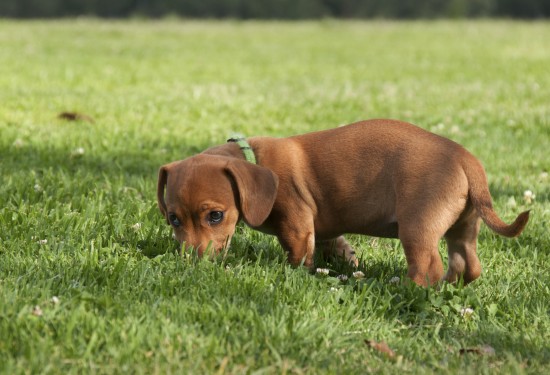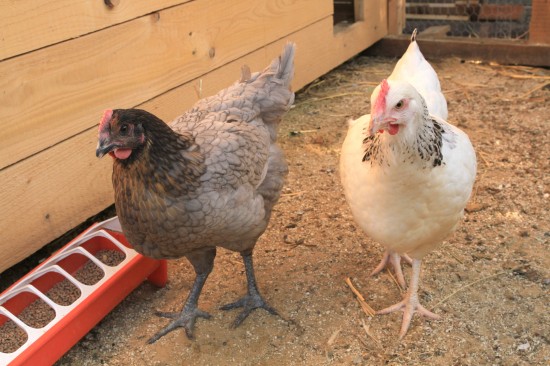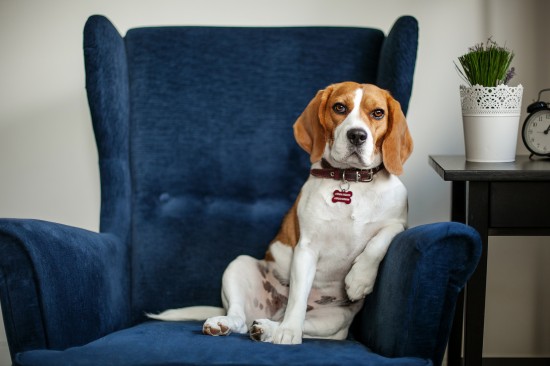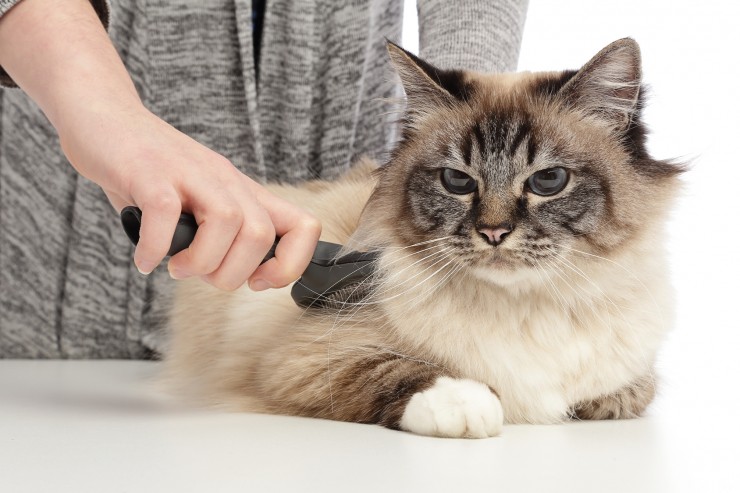
Throughout the entire period of Shih Tzu development in the
United States no other topic about the Shih Tzu has been more
hotly contested than Shih Tzu size. When the standard was
established it was hoped all Shih Tzu fanciers would settle down
and breed exactly to that standard. It has never been the case.
Controversy over Shih Tzu size still rages. These differences of
opinion cannot be dismissed as being “the smaller sizes are only
rejects or Shih Tzu puppies born with excessive health
problems.” This is just not true at all to account for the
smaller size Shih Tzu puppies that have always been in
existence. The statements of breeders who have these small sizes
obtained them through “faulty and irresponsible breeding, or
instances of in-breeding and line-breeding of relatives is also
“false.” The truth to any breeding can be traced on the
pedigrees to prove the smaller Shih Tzu was not the result of
in-breeding and line-breeding with close relatives. These
smaller size Shih Tzu have been in existence since the Chinese
Imperial Palace days. There are several documented Shih Tzu
history facts to prove that this is the most probable reason for
the smaller Shih Tzu, so many people commonly “nickname” the
Imperial Shih Tzu or the Teacup Shih Tzu. The size of a Shih Tzu
does not dictate the health of that Shih Tzu. Health problems
exist in all sizes of the Shih Tzu, and not the direct result of
producing a smaller size Shih Tzu.
One fact that remains is that the breed is in the Toy Group. The
Shih Tzu should therefore be “Toy” in size.
In the Shih Tzu breed’s early days in the United States, there
were several reasons for the controversy over size in addition
to personal preferences. None of these reasons have been
documented as being “a small size Shih Tzu has more health
problems,” or….a small size Shih Tzu is produced by excessive
irresponsible in-breeding and line-breeding of close relatives.
During the years between 1967 and 1972 when the Shih Tzu was
striving for recognition there was many arguments and much
material of correspondence produced regarding their size, and
exactly what size should the Shih Tzu be. There had been strong
evidence of cross-breeding of Shih Tzu to Lhasa Apso to achieve
a desired size once the standard was established. There was also
a substantial amount of correspondence and documents revealing
that cross-breeding to reduce the size of the British imports
had been practiced. Many confused people bred small Lhasa Apso
to undersized or small Shih Tzu to try to get what they wanted.
This did not become a trend and was not considered the ideal way
to create the correct size Shih Tzu according to the set
standard now in place.
There are also times in history of the Shih Tzu when using other
breeds was necessary. Establishing the Shih Tzu is of a very
long history, of which many different people were involved, with
many different ideas of what the Shih Tzu should look like. On
the question of size, there are definite historical facts to
account for the smaller sizes in which none are stated to be:
“If a small size Shih Tzu is produced, it is ONLY the runt of
that litter, and will be full of health problems, or a sickly
Shih Tzu.” Neither do the historical facts about size of the
Shih Tzu document the smaller Shih Tzu were a result of
irresponsible in-breeding and line-breeding of close relatives.
According to a well known Shih Tzu fancier of our Shih Tzu
history, Colonel Burkhardt, the imperial Shih Tzu (meaning those
Shih Tzu bred in the Chinese Imperial Palace by the Empress
Dowager) were occasionally interbred with the Pekingese “to
reduce the size.” This particular Shih Tzu fancier, Colonel
Burkhardt, wrote from first hand experience of Peking Palace
life not long after the 1912 revolution. (please see Part II of
Shih Tzu – The Hotly Contested Question Of Size).
 Introducing Your Puppy To A Collar
Introducing Your
Introducing Your Puppy To A Collar
Introducing Your
 What Is Coccidiosis And How Does It Affect Chickens?
What Is Coccidios
What Is Coccidiosis And How Does It Affect Chickens?
What Is Coccidios
 Why Might A Fearful Dog Suddenly Become Bolder?
Why Might A Fearf
Why Might A Fearful Dog Suddenly Become Bolder?
Why Might A Fearf
 What’s Biting - Seven Biting And Stinging Insects That May Target Your Dog
What’s Biting - S
What’s Biting - Seven Biting And Stinging Insects That May Target Your Dog
What’s Biting - S
 Six Good Reasons For Regularly Grooming Your Cat
Six Good Reasons
Six Good Reasons For Regularly Grooming Your Cat
Six Good Reasons
Copyright © 2005-2016 Pet Information All Rights Reserved
Contact us: www162date@outlook.com